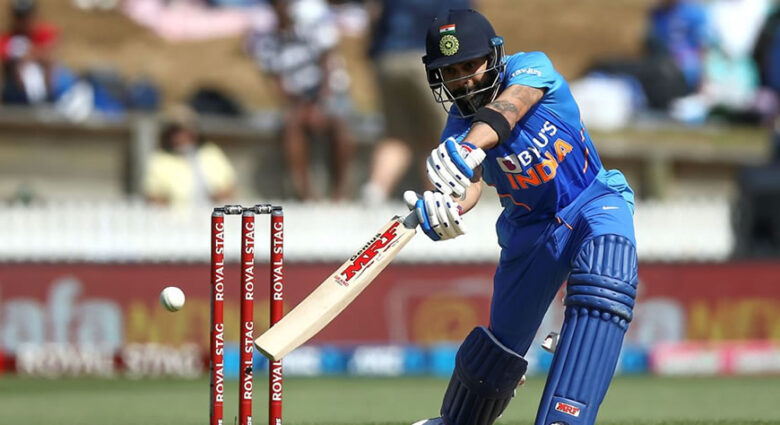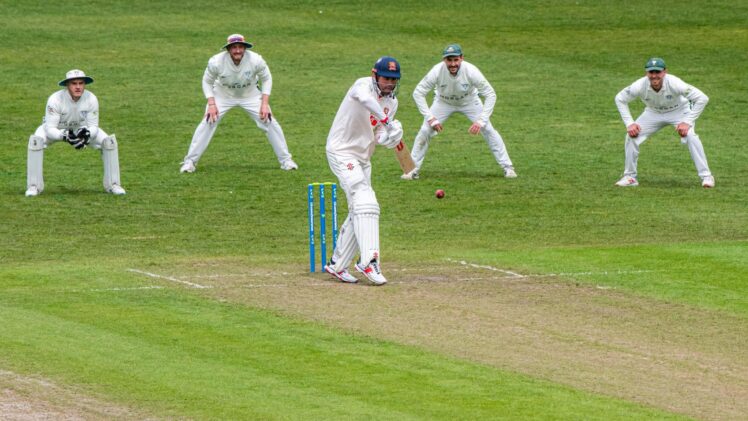Cricket is one of the most popular sports in the world, but for a lot of people, the game can be a little confusing. If you’re someone who’s just starting to bet on cricket matches, or you want to brush up on your terminology before you head to the bookies, read on for some beginner tips.

Source: abhi2you.com
Contents
Terms You Will Encounter When Betting Cricket
Cricket betting terminology can be confusing for those new to the sport. Here are some key terms you’ll encounter when betting on cricket:
Over/Under: This is the most popular bet in cricket and refers to how many runs will be scored by either team in a given inning. A bet on an over would involve you placing a wager that the total number of runs scored in the inning will exceed or fall below the set number, such as 4 or 5. An underbet would involve you conceding that the total number of runs scored in the inning will be less than the set amount, such as 3.
Total: This is another common bet in cricket and refers to both teams’ combined score at the end of an inning. For example, if you placed a bet on a total of 270 runs being scored by both teams, then if one team scores more than 267 runs but less than 271 runs, your bet would lose regardless of which team wins the match. If both teams score exactly 270 runs, your bet would win regardless of who wins.
Punjab: Pakistan Cricket Board (PCB) matches are generally considered closer affairs than those played between India and Pakistan due to political instability in India’s north-eastern states and tensions between Islamabad and New Delhi dating back to Partition in 1947. Therefore, bets on Punjab matches tend to be higher-stakes affairs with greater potential for profit; for this reason, they are also known as “big money” cricket matches.
Runs: Runs are the basic unit of cricket scoring. A single run is scored when a batsman reaches the opposite end of the pitch and either delivers the ball in play to the wicket-keeper or hits the ball so hard that it goes beyond the infield and out of the ground, considered an “over” (the number of runs scored in an innings is always expressed in terms of overs, not balls). In first-class cricket, runs can also be scored by a fielder who takes a catch behind the wicket.

Source: newsbytes.com
Innings: The number of overs that are played in a match. This can be from 30 minutes up to 5 hours, depending on the game being played.
Over: A set number of runs that are required by either team in order to win the match (i.e., an innings victory).
Run Rate: How many runs per over team have scored so far in the innings? This is shown as an equation (RR = over rate * overs), with RR being the run rate and overs being the number of overs played thus far. If Team A has scored 120 runs in their first over but Team B only has a 90-run rate then their RR would be 0.90 (120/overs*10).
Wicket: When a player is dismissed batsman-wise, it’s called taking wickets – this is represented by WK in cricket betting terms. When all ten bowlers have bowled and no batsman survives then it’s called a maiden wicket or clean bowled respectively.
Run Out: When a batsman is out caught, run out, stumped or leg before wicket then this is called being run out.
If you want to try your luck, visit bettinginindia.online

Source: telegraph.co.uk
Understanding Match Odds
There are three types of cricket match odds: outright, half-win, and draw. Outright match odds indicate how likely it is that your team will win the match. For example, if a cricket match has an outright match odds of 100%, this means that your team is guaranteed to win the match no matter what happens. Half-win and draw match odds are similar, but they take into account how many wickets your team has left to win the match as well as how many runs your team has scored so far. So, for example, if a cricket match has half-win match odds of 50/50, this means that your team can win either by scoring 50 more runs or by taking away 50 wickets from your opponent.
Understanding odds are important because it can help you predict how likely it is that your team will win a particular cricket game. This information can help you make better decisions about how to play and strategize during games.
Tips for beginners
If you want to improve your cricket betting skills, here are five tips:

Source: thecricketpaper.com
Practice
Don’t expect to become a master overnight. It takes time and practice to get good at this game. Try different strategies and bets in matches that you watch, and make notes on what worked and what didn’t. This will help you develop a better understanding of the game as a whole.
Know the stats
When it comes to cricket betting, you need to be well-informed about the stats involved in any given match. Pay attention to runs scored, wickets taken, overs bowled, etc., so that you can have an informed opinion when making your bets.
Get familiar with the different formats
Cricket is played in many different formats including Tests, ODIs, and T20s. Knowing the differences between them will help you handicap bets more effectively. For example, Test matches are longer and usually result in tighter contests than ODIs or T20s; this means that bettors might be more willing to place bigger stakes on these matches.

Source: telegraph.co.uk
Bet on marginal gains
There’s often a lot of value to be found in betting on underdogs or teams with poor records – especially if those teams are facing strong opponents. Take advantage of circumstances like these by placing small stakes on these underdog selections, hoping for big returns down the line.
Bet on streaks
It’s often wise to bet on teams that are on a hot streak, especially if those teams are facing weaker opponents. By doing this, you can increase your chances of winning money while minimizing the risk of losses.

Source: praguemorning.cz
Conclusion
When you’re first getting started with cricket betting, it can be confusing trying to understand all of the terminologies. this article provides a basic overview of some of the key terms you’ll encounter when betting on cricket. By understanding these terms, you’ll be able to make more informed bets and have a better overall experience when placing wagers on cricket matches.
